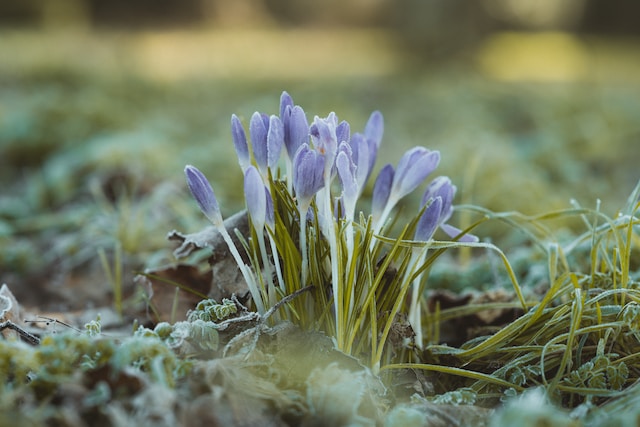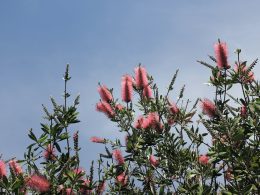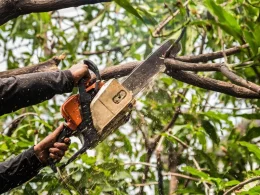Winter may seem like a season where flowers are scarce, but that’s not entirely true! There are plenty of winter-resistant flowers that can add color and life to your garden during the colder months. From delicate snowdrops to resilient hellebores, these flowers can withstand even the toughest winter weather. In this blog post, we’ll introduce you to 5 beautiful winter-resistant flowers that will keep your garden blooming all year round. So grab a warm drink and let’s dive in!
Snowdrops
Snowdrops, also known as Galanthus, are one of the first flowers to bloom in late winter. Their delicate white petals and droopy green leaves make them a beautiful addition to any garden. Here’s what you need to know about these charming flowers:
– Snowdrops can tolerate cold temperatures and even light snowfall.
– They prefer well-draining soil that is kept moist but not waterlogged.
– Plant them in clusters for maximum impact – they look best when planted en masse.
– In terms of maintenance, snowdrops don’t require much attention beyond regular watering during dry spells.
One thing to note: while snowdrops are resistant to colder weather, they do benefit from some protection against harsh winds or heavy snowfall. Consider planting them near a building or under trees for added shelter.
If you’re looking for a low-maintenance flower that will add some early color to your garden, snowdrops are an excellent choice!
Hellebores
Hellebores, commonly known as winter rose or Christmas rose, are the perfect addition to your garden during the colder months. These plants bloom in a range of colors from white to deep purple and have unique foliage ranging from glossy green to silver-gray.
One of the most striking features of hellebores is their ability to bloom during winter when most other flowers lie dormant. This makes them an excellent option for brightening up your outdoor space during gloomy days.
These hardy perennials require minimal maintenance and can thrive in shade or partial sunlight making them ideal for gardens with limited sun exposure. Hellebores also have a long lifespan and can continue blooming year after year.
When planting hellebores ensure they are planted in well-draining soil as they don’t like sitting in waterlogged ground. Additionally, be sure not to plant them too deeply as this may cause root rot.
Investing in hellebores will undoubtedly add some much-needed color and life into your garden throughout the colder months!
Pansies
If you’re looking for a winter-resistant flower that will add color to your garden, look no further than the pansy. These dainty little flowers are available in a wide range of colors, from deep purples and blues to bright yellows and oranges. They can even have bi-colored petals with unique patterns.
Pansies are easy to grow and care for, making them perfect for both novice and experienced gardeners. They prefer cooler temperatures, so planting them in the fall or early spring is ideal. Pansies thrive in moist soil with good drainage and partial shade.
One of the great things about pansies is their ability to bloom continuously throughout the winter months when given enough light. Deadheading spent blooms will encourage new growth and prolong blooming time.
In addition to being beautiful additions to any garden, pansies also attract beneficial insects like bees and butterflies that help pollinate other plants nearby.
If you’re looking for an easy-to-care-for flower that provides continuous color during the winter season, be sure to grab some colorful pansies!
Violas
Violas are another great choice for winter-resistant flowers in your garden. These charming little flowers come in a variety of colors, from deep purples to bright yellows and everything in between.
One of the best things about violas is their ability to bloom throughout the winter months, adding a pop of color to an otherwise dreary landscape. They are also relatively easy to care for, making them a perfect choice for novice gardeners or those who don’t have a lot of time to devote to their plants.
To ensure that your violas thrive during the winter months, it’s important to plant them in well-draining soil and provide them with plenty of sunlight. You should also make sure they receive enough water without becoming waterlogged.
Another great thing about violas is that they work well as both border plants and container plants. If you’re short on space but still want some winter blooms, planting violas in containers might be the perfect solution.
If you’re looking for a low-maintenance flower that will add some color and life to your garden this winter, consider planting some beautiful violas!
Primroses
Primroses are one of the most popular winter-resistant flowers for your garden. These bright and colorful plants can add a splash of color to any dreary winter day. Primroses come in a variety of colors, including pink, purple, yellow and white. They also have a delicate fragrance that can make your garden smell fantastic.
One great thing about primroses is how easy they are to care for. They prefer partial shade and well-drained soil that is rich in organic matter. Water them regularly but avoid over-watering as it can lead to root rot.
Another benefit of primroses is their versatility. You can plant them in pots or containers, use them as edging plants along walkways or even mix them with other bedding plants.
If you want to keep your primroses looking healthy throughout the winter months, deadhead spent blooms regularly and remove any damaged leaves or stems.
If you’re looking for an easy-to-grow flower that will bring some much-needed color to your garden during the colder months, then look no further than primroses!
How to take care of winter-resistant flowers
Taking care of winter-resistant flowers is relatively easy, as these plants are known for their ability to withstand cold temperatures. However, they still need attention and proper maintenance to thrive through the winter months.
It’s important to make sure that your winter-resistant flowers are planted in well-draining soil. This will prevent water from pooling around the roots and causing damage or rotting. Additionally, you should be careful not to overwater them during the colder months.
While these plants can tolerate some frost and snowfall, it’s a good idea to protect them from harsh weather conditions by providing adequate shelter. Consider placing mulch around the base of each plant or covering them with burlap if necessary.
Regular pruning is essential for maintaining healthy growth throughout the year. Trim away any dead or damaged parts of the plant as soon as you notice them.
Adding a slow-release fertilizer in early spring will help give your winter-resistant flowers an extra boost when they start actively growing again after dormancy ends.
By following these simple tips on how to take care of winter-resistant flowers, you can enjoy beautiful blooms all year round!
Conclusion
Having winter-resistant flowers in your garden is a great way to add some color and beauty during the colder months. Snowdrops, Hellebores, Pansies, Violas and Primroses are all excellent choices for this purpose.
Remember that these plants still need proper care and attention even if they can withstand low temperatures. Make sure you plant them in well-draining soil with plenty of organic matter. Water them when necessary but avoid overwatering as it can lead to root rot.
By following these tips and choosing the right winter-resistant flowers for your garden, you’ll be able to enjoy their beauty throughout the season while also supporting local wildlife like bees and butterflies that rely on them for food.
So go ahead and start planning your winter garden now! With a little bit of effort, you’ll be rewarded with a stunning display of blooms that will brighten up even the dreariest winter day.












